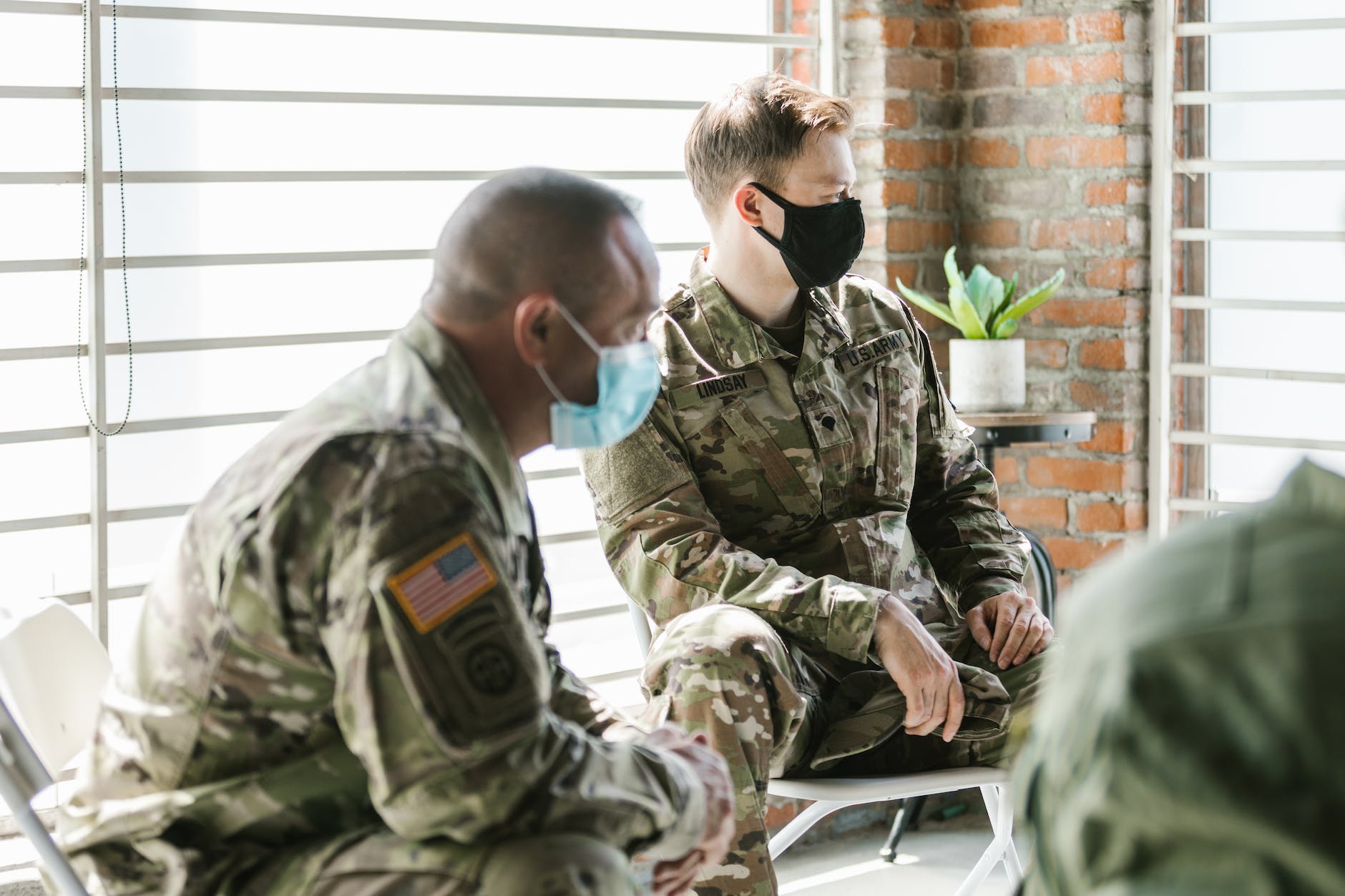Psychedelic art, offering vivid colors and intricate patterns, has been lauded as more than just a visual spectacle. Its integration with mental health and psychotherapy has intrigued researchers for decades. A subject of fascination for many, it often bridges the gap between the conscious and the subconscious, potentially acting as a profound tool for self-discovery and even mental liberation.
Psychedelic art is inherently mind-altering. It encapsulates the imaginative essence of our minds, often revealing symbolisms and metaphors that may resonate with our subconscious. In this realm, the lines of reality blur and perceptions of the mind become more about interpretation, rather than definite understanding. Influences from spiritual, medicinal, and therapeutic practices often mold such art forms, offering a glimpse into our collective human psyche’s intricacies. Sometimes, the magic within these surreal art pieces is that they catalyze introspection and heightened self-awareness.
Clinical therapy has increasingly included art as part of the healing approach, often termed as art therapy. Researchers indicate that such holistic approach could potentially help individuals express feelings too complex for words. More so, it can foster mental liberation by allowing one to engage their mind, body, and spirit – fostering an environment for transcendence. Indeed, for many psychotherapists and counselors, art therapy allows their patients to explore their thoughts and feelings in innovative and creative ways. Thereby inducing a sense of liberation from the challenges that plague their mental health.
A study conducted by Dr. Isha Gupta, a neurologist in New York, revealed that engaging in artistic tendencies could reduce cortisol levels, the hormone associated with stress in humans. Her findings add substance to the thought that art doesn’t merely serve as a form of self-expression but can function as a vehicle for healing and create harmony between the mind and body. This concept further strengthens the belief in the healing potential of psychedelic art, tapping into our subconscious, and fostering an environment for the creation of new neural pathways.
As we delve deeper into this connection, it becomes clear that psychedelic art’s influence on healing goes beyond the traditional methods of therapy. The journey of self-discovery that is the byproduct of creating, interacting, or even simply observing psychedelic art often helps to bring unresolved issues to the forefront of our consciousness. This acts as a form of easily accessible psychotherapy, holding the potential to improve mental resilience and overall wellness.
Viewing psychedelic art is an immersive experience that emphasizes the liberation of the mind from societal norms and constraints. By allowing our minds to follow the natural flow of thoughts, we can potentially elucidate latent emotions and ingrained beliefs that need to be addressed. This is crucial for mental health development, especially since we tend to suppress or ignore many of these thoughts in our day-to-day lives. Psychedelic art, different from other forms, aims at unlocking these bottled feelings to promote self-growth and emotional enlightenment.
Art psychotherapist Lesley Achitoff, who authored a report on psychedelic art therapy, states that the essential challenge for individuals in this process is the integration part. Assimilating the emotions, perceptions or breakthroughs gained during this experience into their daily lives, she argues, is a complex process but the potential payoff, in terms of improved mental health, is significant.
Psychedelic art allows us to dive into a realm where mental liberation and self-discovery are inevitable. Serving as a therapeutic tool, it can aid in catalyzing change in mental health practices and the way we perceive our thoughts and emotions. Whether it’s creating it or merely appreciating its beauty, the interplay between art and our minds is undeniably impactful.
Sources:
– Artland Magazine
– Achitoff’s Psychedelic Art Therapy Report
– Gupta’s Study on Art’s Impact on Cortisol Levels




